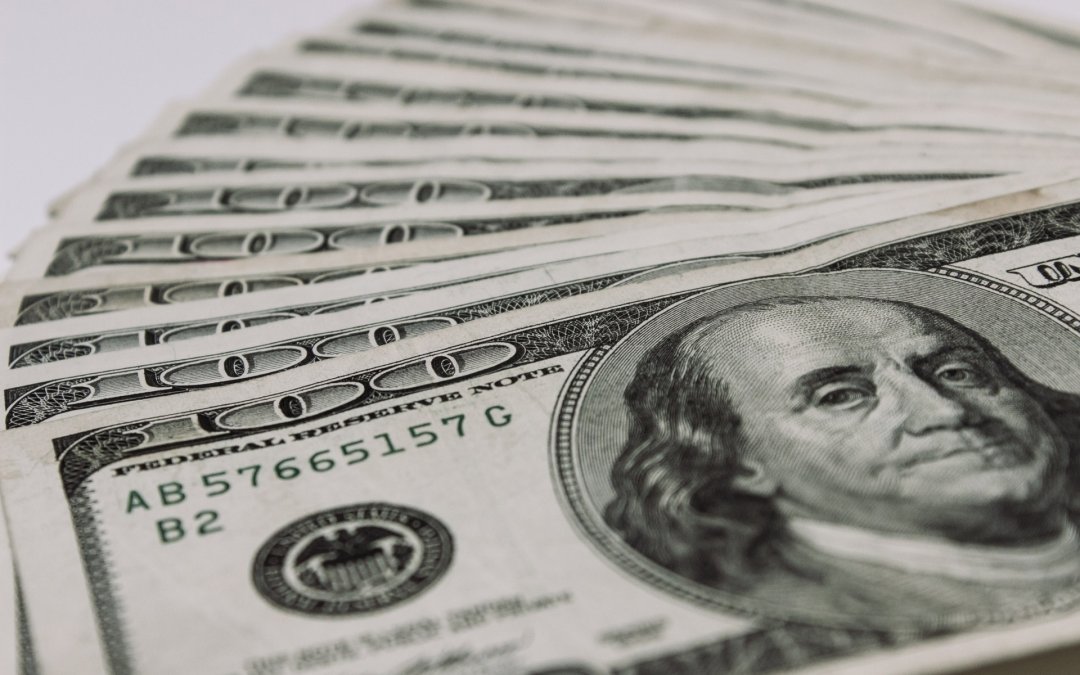If you are new to the real estate investment scene, you may have heard the term, “cash-out refinance,” but have little idea as to what it is. Generally speaking, this term refers to scenarios where investors take out a new loan on an existing property, intending to extract equity from that property in the process. In this case, investors refinance for a larger amount than their current mortgage and receive the difference in cash (hence “cash-out”); they typically pay off their existing mortgage and, in turn, funnel remaining funds into new or simultaneous investments. This process can add both variety and versatility to an investment portfolio.
Cash-out refinancing may seem alluring, but it must be approached carefully and properly to ensure you are fully reaping its long term benefits — and that is assuming it is even an appropriate option in the first place. Here are a few tips for getting started.
Identify a need
Helpful as it can be, cash-out refinancing will not be a natural fit for every real estate investor. It is important to first conduct a thorough self-assessment of your current investment projects, current market trends in your area, and most importantly your past experiences within that market. A good rule of thumb, according to FitSmallBusiness: almost all cash-out refinance investors exhibit 30 to 40 percent equity in existing investment projects.
Subsequently, the site points to three primary investor categories for which cash-out refinancing is a logical idea:
- “Short-term fix-and-flippers” interested in renovating or flipping a new investment property.
- “Long-term buy-and-hold investors” interested in putting a down payment on a new property or purchasing it outright.
- “Long-term buy-and-hold investors” interested in renovating an existing rental property.
Know the costs
Like most fruitful investment opportunities, cash-out refinancing comes with a set of costs, ones that, when traversed properly, should pay off in the end. A clear benefit of the cashing out process is that interest rates tend to be lower than those associated with the old mortgage, and they can either be fixed or variable. At the same time, however, loan origination fees are typically higher in cash-out scenarios than they are with traditional mortgages — and cash-out scenarios also require borrowers to additional closing costs. Most of these costs are commonly taken directly from the new loan.
For quick reference, these are typically how cash-out refinance rates and costs fall:
- Closing costs: 2 percent to 5 percent
- Rates: 3.25 percent to 5 percent
- Lender fees: 0 percent to 5 percent
